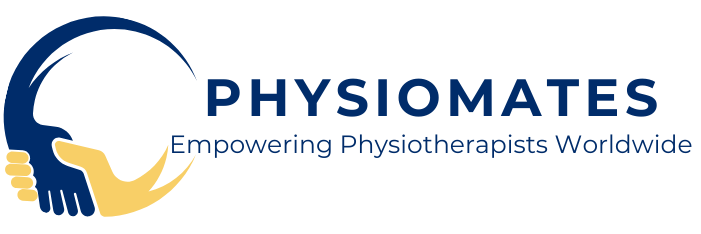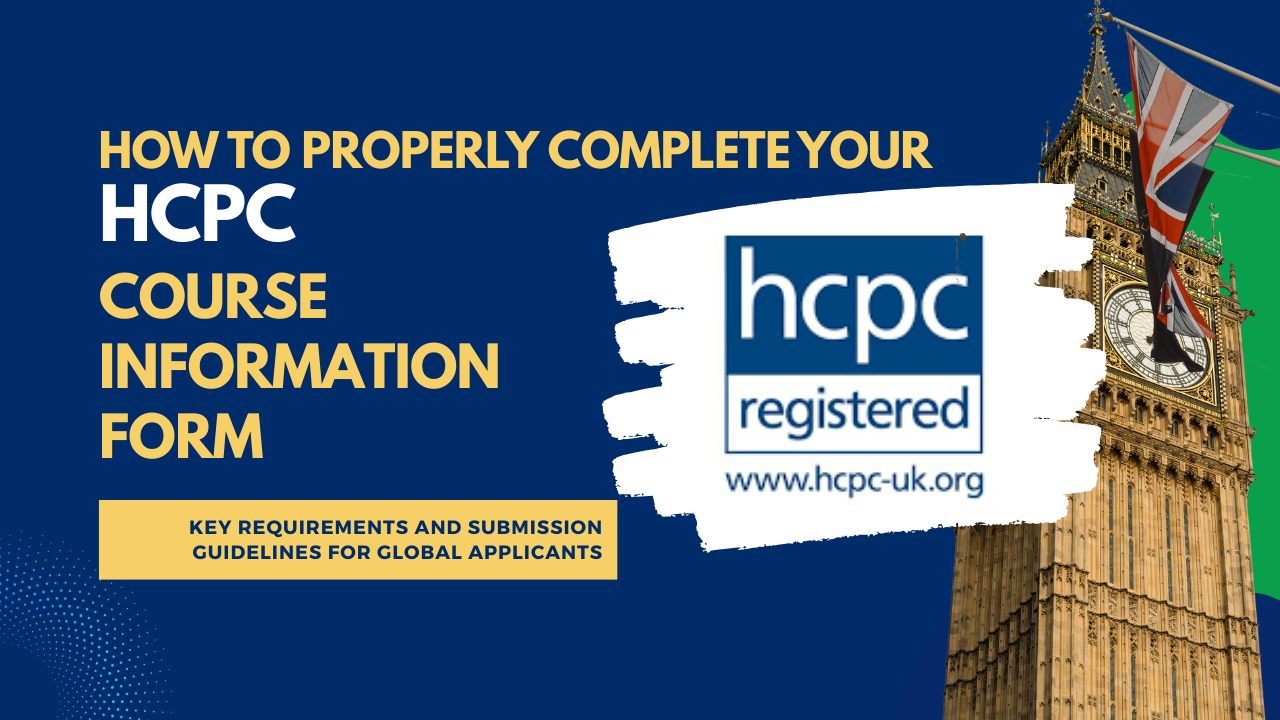Introduction to Thoracolumbar Syndrome

Thoracolumbar Syndrome, also referred to as Maigne’s Syndrome, is a complex condition involving referred pain originating from the thoracolumbar junction (T12-L1). This region serves as a transitional area between the thoracic and lumbar spine, making it particularly susceptible to dysfunction. The syndrome is often underdiagnosed due to its broad and variable presentation, which mimics other musculoskeletal and visceral conditions. This blog delves into the symptoms, diagnostic process, and therapeutic approaches for this condition.
Anatomy of the Thoracolumbar Junction

The thoracolumbar junction acts as a transitional zone between the thoracic and lumbar spine. It bears unique structural and functional characteristics:
- Thoracic Spine Characteristics:
- A rigid and kyphotic segment designed for stability.
- Rib attachments restrict mobility.
- Lumbar Spine Characteristics:
- A lordotic and highly mobile segment designed for load distribution and dynamic movement.
The T12 vertebra forms a critical junction, supported by a combination of biomechanical stresses, making it susceptible to dysfunction and instability.
Pathophysiology of Thoracolumbar Syndrome
Thoracolumbar Syndrome primarily results from irritation or dysfunction of the posterior and anterior primary rami emerging at the T12-L1 level.

Dysfunction at this junction affects sensory nerves, causing referred pain along dermatomal patterns in the:
- Lumbar spine
- Gluteal region
- Supratrochanteric area
- Lower abdomen
The condition often mimics other pathologies, including sacroiliac joint dysfunction, hip pathology, or visceral conditions, making clinical diagnosis challenging.
The thoracolumbar junction (T12-L1) serves as a critical transition zone between the thoracic and lumbar spine, making it prone to mechanical and postural stresses. TLJS is often underdiagnosed, especially in athletes whose sports involve prolonged hip flexion and neck extension. In many cases, patients receive treatment for incidental lower lumbar findings that are unrelated to their primary issue.
Symptoms of TLJS

Symptoms of thoracolumbar junction syndrome vary but generally include:
- Lumbosacral, Lumbogluteal, or Sacroiliac Pain
- Supratrochanteric Hip Pain
- Pseudo-Visceral Pain
Clinical Presentation of Thoracolumbar Syndrome Pain
Patients with Thoracolumbar Syndrome often report:
- Localized Symptoms:
- Pain or tenderness in the thoracolumbar region.
- Muscle spasms around T12-L1.
- Referred Symptoms:
- Lumbosacral and gluteal pain: Due to posterior primary ramus irritation.
- Hip and lateral thigh pain: Related to lateral branches of anterior rami.
- Pseudo-visceral pain: Inguinal, pubic, or abdominal discomfort mimicking gastrointestinal or gynecological issues.
- Functional Impairments:
- Restricted lumbar mobility.
- Discomfort during prolonged sitting or standing.
A hallmark of TLJS is point tenderness over the affected motion segment (T12 through L3), often accompanied by pain radiating along segmental nerve distributions (anterior or posterior rami). Provocative imaging-guided injections can help confirm the diagnosis, while muscle balancing and stabilization exercises typically facilitate a return to physical activity.
These symptoms may present in isolation or concurrently, complicating the diagnostic process.
Preliminary Diagnosis and Differential Considerations

When patients present with thoracolumbar pain, initial musculoskeletal and neurologic evaluations are essential. Common differential diagnoses include:
- Lumbar Discopathy: Degenerative changes in lumbar intervertebral discs.
- Facet Syndrome: Inflammation or irritation of facet joints.
- Joint Capsulitis: Involvement of femoroacetabular, sacroiliac, or lumbar facet joints.
- Muscular Strain: Strain in lumbar or pelvic muscles.
- Ligamentous Sprain: Involving iliolumbar or dorsal sacral ligaments.
- Entrapment Neuropathy: Affecting sciatic, lateral femoral cutaneous, or cluneal nerves.
Diagnostic Process for Maigne syndrome
Clinical Examination of Thoracolumbar Syndrome
A meticulous clinical evaluation forms the cornerstone of diagnosis. It includes:
- History Taking:
- Onset, duration, and character of pain.
- Aggravating and relieving factors.
- Associated symptoms, such as referred pain or visceral discomfort.
- Palpation Tests:
- Localized tenderness over the T12-L1 spinous process.
- Trigger points in the iliocostalis and longissimus thoracis muscles.
- Provocative Tests:
- Maigne’s Test: Pain elicited by lateral or axial pressure on the T12 spinous process.
- Rolling Test: Hyperalgesia in dermatomes supplied by affected nerves.
Clinical Examination and Assessment of Thoracolumbar Syndrome

A thorough examination and assessment are pivotal to confirming Thoracolumbar Syndrome. Below are the diagnostic procedures and their findings:
1. Neurological and Orthopedic Tests
- Slump Test: Negative for sciatic neural tension.
- Laslett Sacroiliac Tests: Negative for sacroiliac joint involvement.
- FABER Test: Negative for sacroiliac or coxofemoral lesions.
- FADIR Test: Negative for femoral acetabular impingement or hip labral tears.
2. Specific Tests for Thoracolumbar Junction
- Maigne’s Tests: Positive findings included:
- Pain with lateral and axial pressure on the T12 spinous process.
- Friction-pressure at the T12-L1 posterior articular level.
- Tenderness at the T12-L1 interspinous ligament.
- Palpating-Rolling Maneuver: Severe nociceptive pain in the right inguinal fold and upper gluteal area.
3. ADiBAS® system for Thoracolumbar Syndrome Diagnosis
To diagnose thoracolumbar syndrome, the following tests using the ADiBAS® system can be utilized:
- Postural Assessment:
- Evaluate postural deviations such as forward antalgia and rounded shoulders, which may indicate an imbalance in spinal alignment.
- Lumbar Lordosis Measurement:
- Assess reduced lumbar lordosis, which can reveal changes in the natural curvature of the lower spine.
- Myofascial Chain Extensibility Test:
- Observe hypoextensibility in the posterior and thoracobrachial myofascial chains, which may point to restricted mobility and tension in the soft tissue surrounding the thoracolumbar area.
These assessments can help identify potential causes of thoracolumbar syndrome and guide appropriate treatment strategies.
Therapeutic Approaches for Thoracolumbar Syndrome Management

Management strategies for Thoracolumbar Syndrome aim to alleviate pain and restore functional alignment. Key therapeutic goals include:
- Pain Reduction:
- Focusing on the lower back and right inguinal area.
- Postural Alignment:
- Normalizing shoulder and pelvic girdle alignment in the frontal plane.
- Addressing spinopelvic inclination and sagittal body mass displacement.
- Improving Flexibility:
- Enhancing extensibility of the posterior myofascial chain.
Therapeutic Interventions for Maigne Syndrome

The management of Maigne syndrome, also known as thoracolumbar junction syndrome, involves a combination of therapeutic techniques tailored to alleviate pain, improve functionality, and restore proper movement patterns. This article explores the methodologies applied to address this condition, including specific therapies, a detailed management plan, and patient outcomes.
Commonly Used Therapies for TLJ
Studies highlight several therapeutic techniques widely employed to manage Maigne syndrome effectively:
- Vertebral Manipulations
- This technique focuses on restoring normal movement and alignment in the thoracolumbar region.
- Supported by studies (Maigne, 1980; Kim et al., 2013; Proctor et al., 1985; DiMond, 2017; Sebastian, 2006).
- Joint Infiltration
- Administered to reduce localized inflammation and pain.
- Evidence provided by Maigne (1980), Kim et al. (2013), and Alptekin et al. (2017).
- Exercises and Proprioceptive Re-Education
- Aims to strengthen core muscles and enhance joint stability.
- Endorsed by studies such as Alptekin et al. (2017), Aktas et al. (2014), and Fortin (2003).
- Global Physiotherapy Methods
- Mézières Method (MM): Developed by Françoise Mézières in 1947, this approach emphasizes muscular and functional unity through myofascial chain stretching, manual techniques, therapeutic exercises, sensorimotor re-education, and breathing exercises (Paolucci et al., 2017a; Ramirez Moreno & Revilla Gutierrez, 2018).
- Godelive Denys-Struyf and Global Postural Re-education (Ferreira et al., 2016): Focus on holistic postural alignment to reduce pain and improve movement patterns.
Maigne syndrome Case Management Strategy

Initial Diagnosis and Clinical Presentation a Case Study
The patient presented with Maigne syndrome bilaterally, with primary pain referral to the left upper gluteal region. Complications included acute lumbosacral muscle spasms, primarily affecting the transversospinalis group, leading to thoracolumbar segmental dysfunction and poor core muscle activation.
Treatment Plan for Maigne syndrome
- Clinical Care
- Sessions scheduled twice weekly for two weeks, then weekly for two weeks (6 visits total).
- Techniques included:
- Manual flexion-distraction or high-velocity, low-amplitude adjustments to address restrictions in the thoracolumbar and lumbar regions.
- Soft tissue mobilization targeting cluneal nerves and thoracolumbar aponeurosis, progressing from manual to instrument-assisted methods, such as massage cupping.
- Home Care
- Nerve Flossing Exercises: Bilateral sciatic nerve and left superior cluneal nerve flossing exercises performed for 5 repetitions, 3 times daily.
- Lumbar Spine Sparing Strategies: Instructions on safe movements for activities such as tying shoes, sitting, and stooping.
- Smoking Cessation: Education on the adverse effects of smoking on recovery.
Outcome and Patient Progress
First Follow-Up Visit (Second Visit)
- Pain Reduction: Pain score reduced from 7/10 to 2/10 on the Numerical Pain Rating Scale (NPRS).
- Functional Improvement: Increased ability to work and perform daily activities.
- Therapeutic Adjustments:
- Lumbar contraction and side-bridge exercises were introduced, significantly reducing pain during exercises (20%-50%).
Second Follow-Up Visit (Third Visit)
- Pain and Symptom Relief: Pain intensity reduced to 1/10 on the NPRS, with symptoms occurring less than 10% of the time.
- Objective Improvements:
- Oswestry Disability Index (ODI) improved from 62% to 8%.
- STarT screen tool score decreased from 6 to 1.
- Endurance tests: Static back (52 seconds) and side bridge (43 seconds).
- Discharge and Maintenance:
- Patient advised to continue home care exercises for 1 month and practice lumbar spine sparing strategies.
- Provided educational materials on smoking cessation and daily exercise routines.
Post-Discharge Follow-Up
One month after discharge, the patient remained asymptomatic with good adherence to home care exercises. A minor flare-up occurred due to inconsistency in exercise performance but was self-managed effectively using the prescribed home care regimen.
Conclusion
This comprehensive therapeutic intervention demonstrates the efficacy of a multimodal approach, combining manual therapy, nerve mobilization, targeted exercises, and patient education, in the management of Maigne syndrome. The patient’s significant reduction in pain, improvement in functional capacity, and ability to self-manage symptoms underscore the importance of a personalized and consistent treatment strategy.
Final Thoughts
Thoracolumbar Syndrome, though challenging to diagnose, is a manageable condition with a systematic approach. By integrating thorough clinical assessment with targeted therapies, healthcare professionals can achieve favorable outcomes and enhance patients’ quality of life. Collaboration between clinicians, patients, and allied health professionals remains crucial for long-term success.
For individuals experiencing persistent thoracolumbar pain or related symptoms, consulting a skilled physiotherapist or musculoskeletal specialist is essential for early diagnosis and effective intervention.
Reference:
- Fortin, J. D. (2003). Thoracolumbar syndrome in athletes. Pain Physician, 6(3), 373.
- Ségui, Y., & Ramírez-Moreno, J. (2021). Global physiotherapy approach to thoracolumbar junction syndrome. A case report. Journal of Bodywork and Movement Therapies, 25, 6-15.
- DiMond, M. E. (2017). Rehabilitative principles in the management of thoracolumbar syndrome: a case report. Journal of chiropractic medicine, 16(4), 331-339.
- Sebastian, D. (2006). Thoraco lumbar junction syndrome: a case report. Physiotherapy Theory and Practice, 22(1), 53-60.








